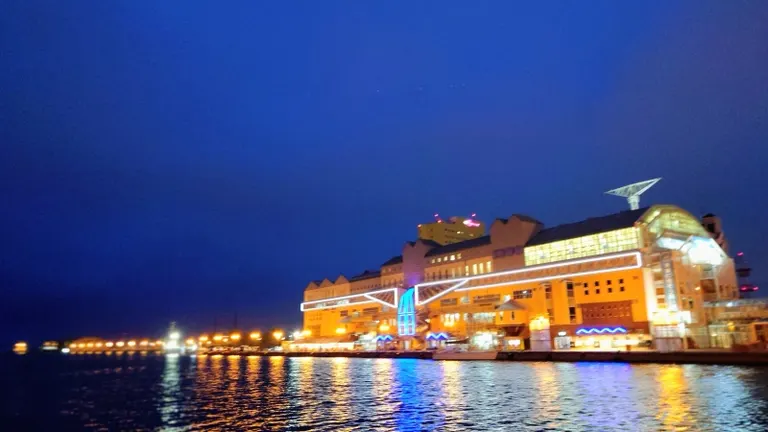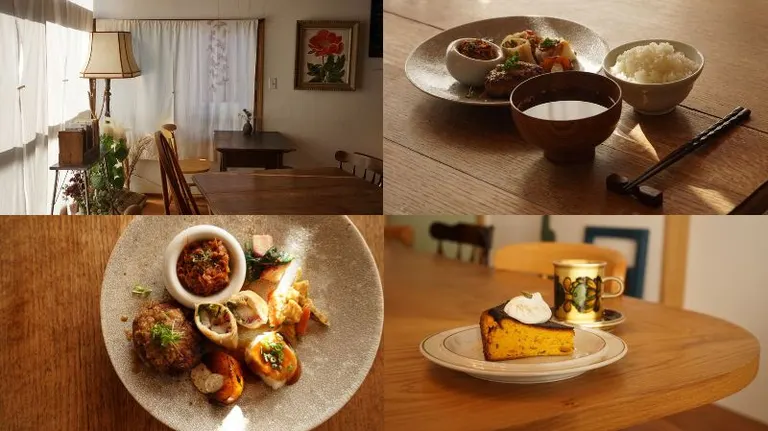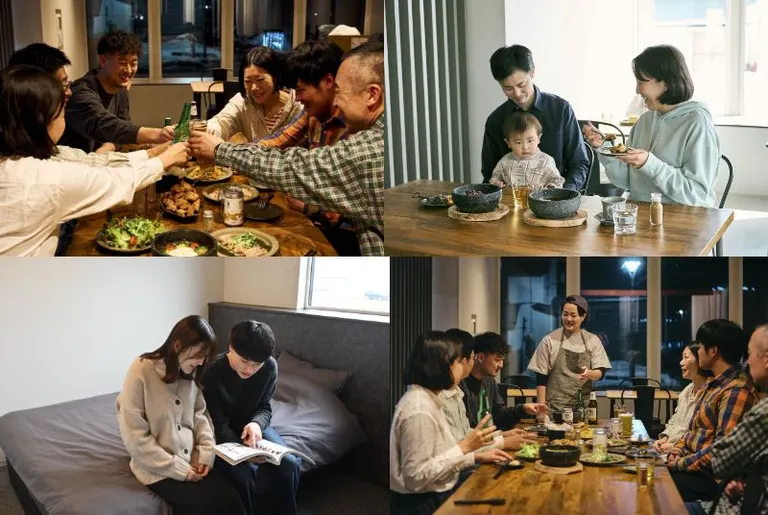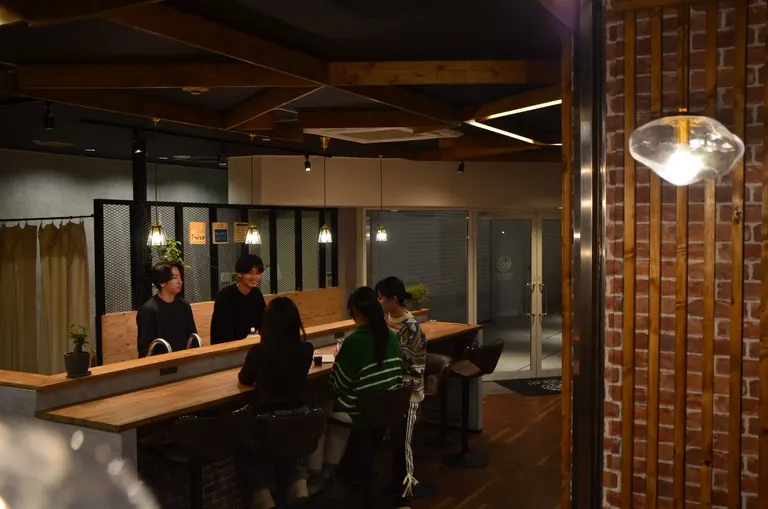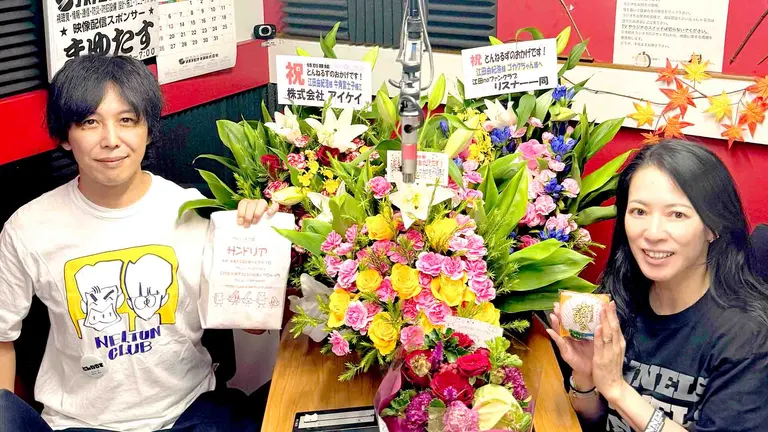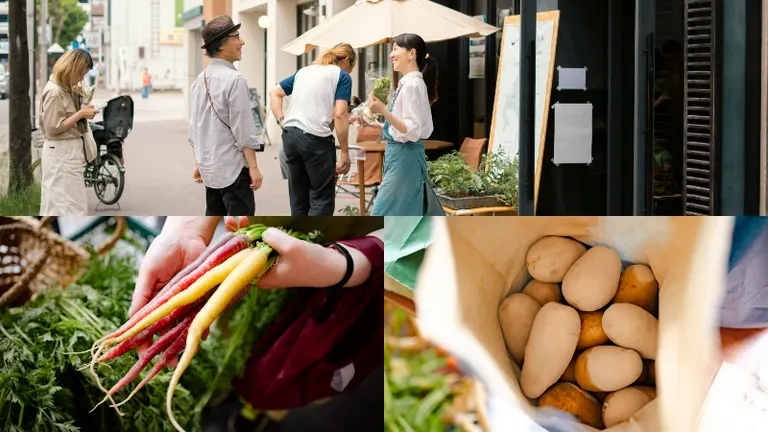
ARTICLES
New Consumption" and "Relational Population" Create New Lifestyle Connecting Tokachi and Nationwide Interview with Tetsuya Kashiwao, Founder of Tokachi City Design
Founded in 2014, Tokachi City Design Inc. has been working on community development in Obihiro and Tokachi. The company has developed various projects to revitalize the community, such as the operation of the community hotel "HOTEL NUPKA" and the "BARriage BAR" to enjoy the central Obihiro area with alcoholic beverages. Currently, under the theme of "new consumption" that links the big city and the region, we are exploring new lifestyles and ways of working that are appropriate for the age of 100-year life.
In this interview, we spoke with Tetsuya Kashio, founder of Tokachi City Design Inc. about his efforts to build a new relationship between the region and the nation.
What is the "new consumption" that we are aiming for from Tokachi and Obihiro?
--Please welcome Mr. Tetsuya Kashio, founder of Tokachi City Design Co. First of all, please tell us about the past efforts of "Tokachi City Design Co.
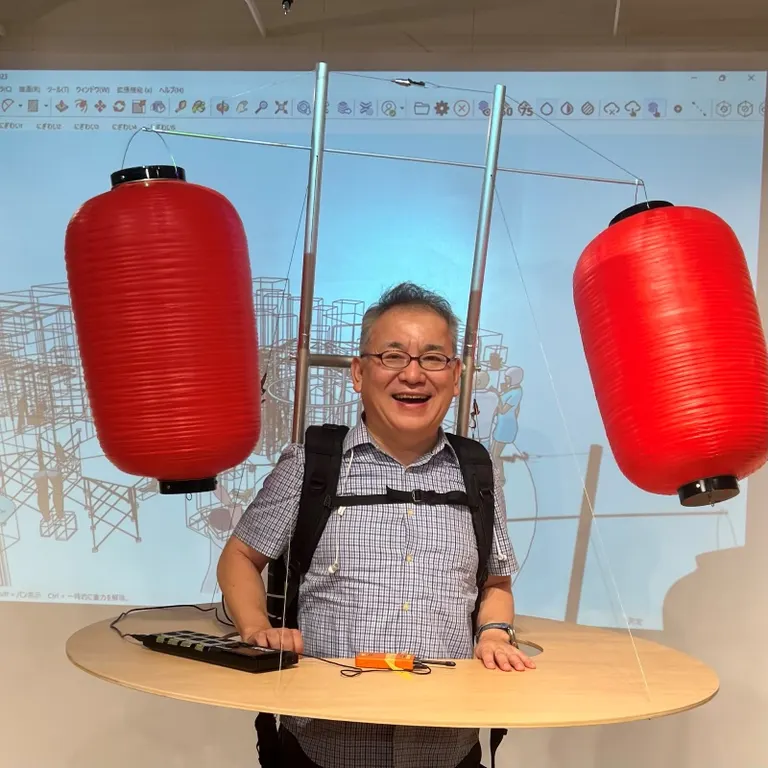
Tetsuya Kashio, founder of Tokachi City Design Corporation and Hotel Nupuka
Tetsuya Kashiwao (Tetsuya Kashiwao): I founded the company in Obihiro in 2014. It all started in 2013 with the production of "my little guidebook," a short film promoting the attractions of my hometown of Tokachi. This led to the launch of the community hotel "HOTEL NUPKA" in 2016, and a series of projects connecting people with the region, including "Beer for the Beginning of the Journey" using Tokachi-produced barley malt. With the hotel as a base, our goal has been to create a place where people can gather and disseminate information about the region.
my little guidebook" published in 2013
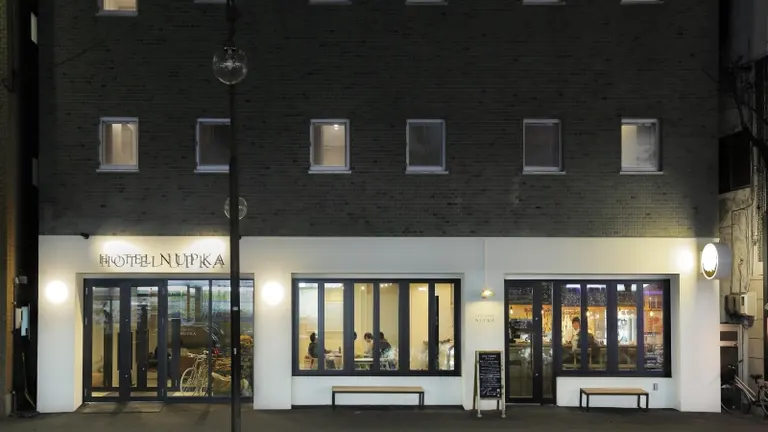
HOTEL NUPKA

Beer at the beginning of the journey
Since FY2021, we have focused on "Creating and Expanding Relationship Population" and have been selected as a subsidized project by the Cabinet Office. This year, we are taking it a step further and starting an initiative called the "Relational Population Type Regional Trading Company" under the theme of "New Consumption.
--Please tell us specifically what kind of consumer behavior you mean by "new consumption.
Kashiwao: Until now, the main image of "consumption" has been the act of "paying money to buy products," but in fact, many people are involved behind the scenes. Farmers produce raw materials, processors turn them into products, distributors transport them, and sellers deliver them to consumers. The essence of "new consumption" is for consumers to understand the efforts and thoughts of the people involved in this chain of events, as well as the challenges they face, and to consume in a way that supports this understanding. It is an expansive consumption behavior that does not simply end with the purchase of a product, but includes, for example, meeting the producer directly, listening to his or her story, and supporting his or her activities.
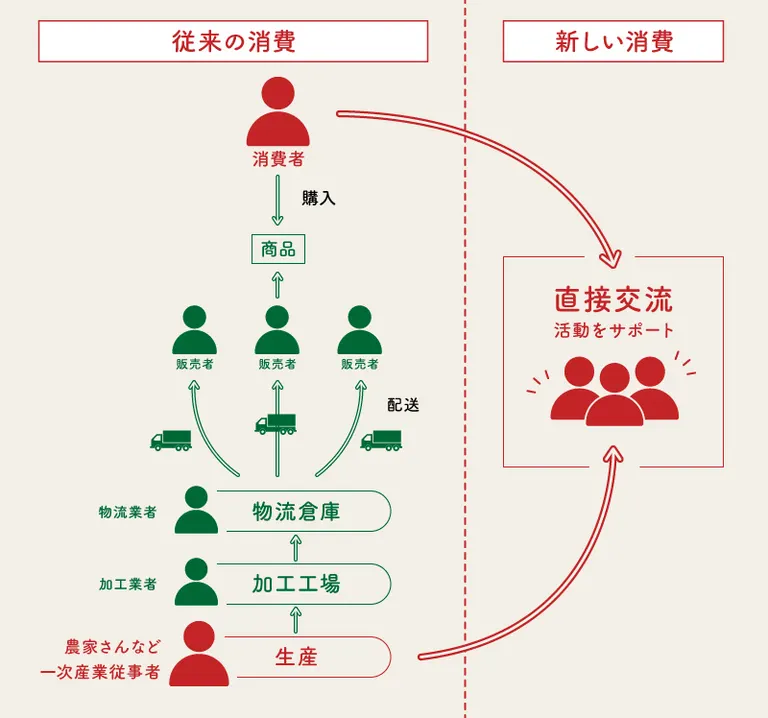
Image of "new consumption
--I see, so that is "new consumption. What are your specific initiatives?
Kashiwao: Specifically, we are working on a project called "Relational Population Type Regional Trading Company. This is a system in which consumers in urban areas support producers in rural areas and receive rewards for the results of their activities. Consumers stay involved with the local regions as a "related population" and help producers with marketing activities, etc., so that producers can expand their sales channels in urban areas and consumers can receive rewards from the results of their support. In this way, we aim to create benefits for both parties and make the initiative sustainable.
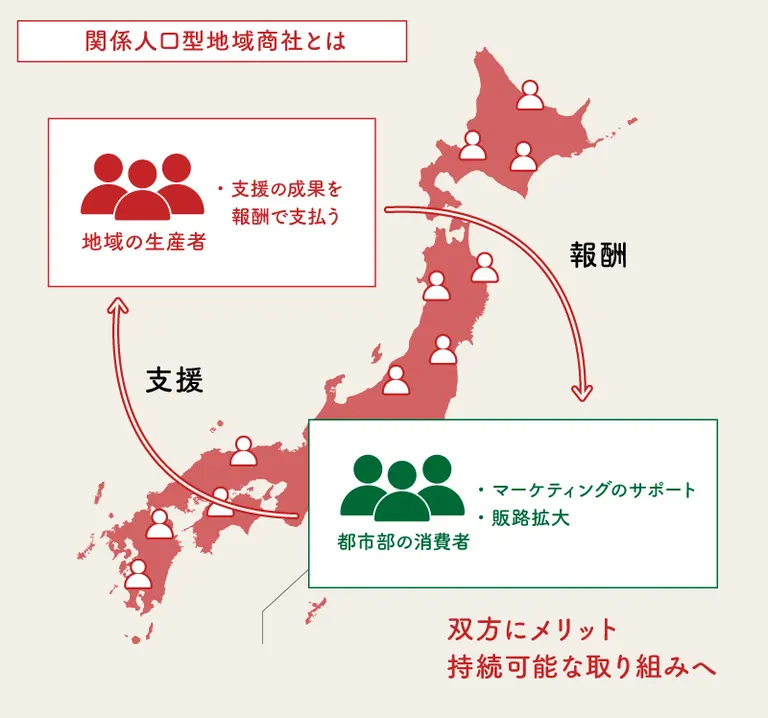
Image of a "Relationship-Based Regional Trading Company
"Utilizing local resources to expand the potential that Hokkaido has to offer."
--What does this initiative mean for the people living in Hokkaido?
Kashiwao: Hokkaido is a region with strengths in primary industries such as agriculture, dairy farming, and fishing. There is also great potential to create additional economic value by processing and servicing these products. However, there are various issues such as a lack of bearers, succession problems, and distance from the Tokyo metropolitan area. Since Sapporo is the only large city in Hokkaido, we believe it is important to promote "new consumption" from this base. By utilizing local resources and building a win-win relationship between producers and consumers, I believe we can further expand Hokkaido's potential.
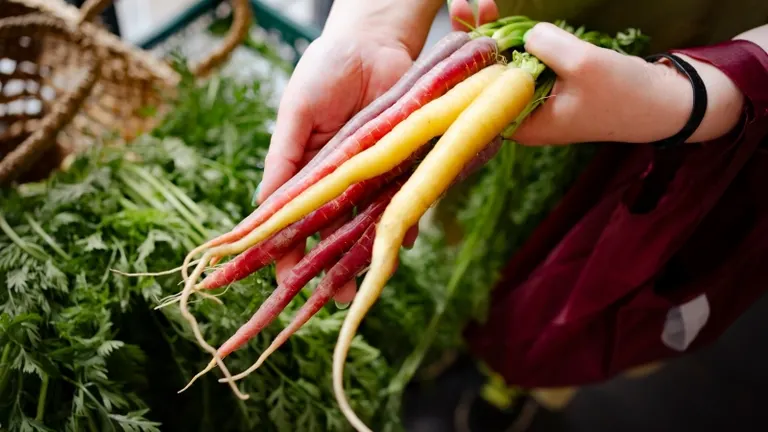
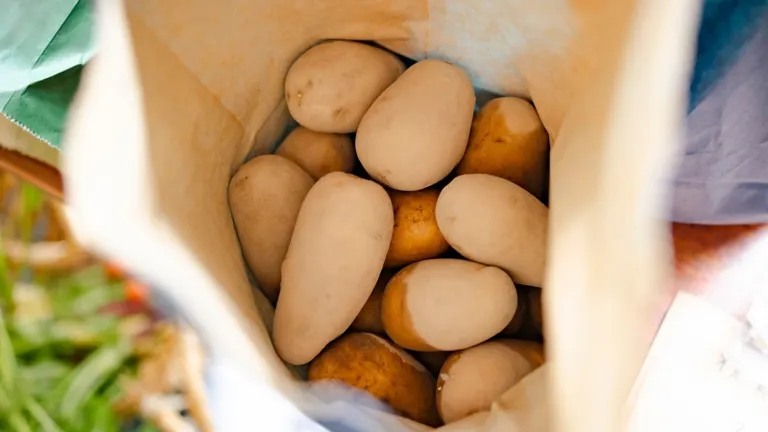
--you mean more than "revitalization of the local economy".
Kashiwao: Yes, it does. New consumption not only supports local producers, but also shows city-dwelling consumers the possibilities of new lifestyles and ways of working. In today's society, which tends to view a 100-year life in a negative light due to pension problems, an aging society with a low birthrate, and a stagnant economy, we can present a new way of life by working with the local community. I believe that this is an initiative with great potential that could reconstruct the economic structure of Japan as a whole.
--What specific changes do you expect for consumers in metropolitan areas?
Kashiwao: In the model we are pursuing of a "related-population regional trading company," the related population in the metropolis acts as an agent for the local producers to introduce their products in the urban area. As people become aware of local products, their empathy for the region and the people who live there will grow, and more people will become involved with the region as a related population. Some of them may even want to move to the area. In fact, many people say, "I want to live in the countryside someday...". However, the biggest hurdle in moving to a rural area is the issue of income.
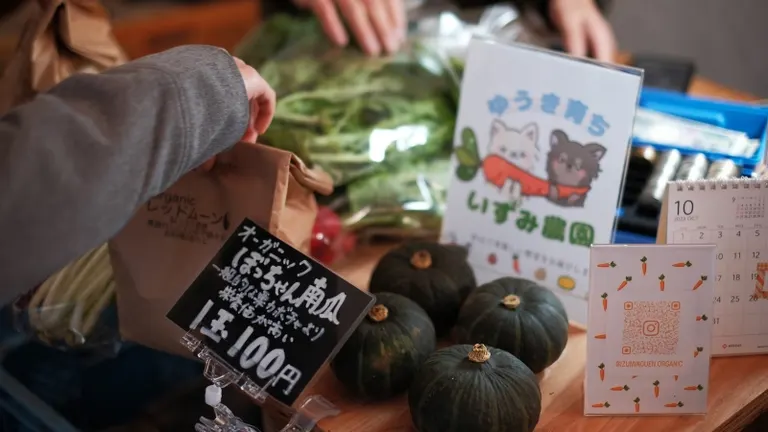
Although quality of life improves in rural areas, income and income loss are often talked about as a "trade-off. While this is a real issue, we do not believe that the same situation will continue in the future. If we can take advantage of local resources, create high value-added products and services, and export them to the national and international markets, we have the potential to earn higher incomes than we currently do. We believe that if higher incomes can be earned in the region, there will be more immigrants who can balance quality of life and income.
However, this is difficult at present because of the "long-distance challenge. Especially in areas like Hokkaido, which is more than 1,000 kilometers away from cities, logistics are difficult, but people-to-people exchanges tend to be weak. Even with the widespread use of the Internet, it is important to meet in person to build a relationship of trust. However, traveling to distant places takes time and money, and frequent visits are not easy. The "money challenge" and the "long-distance challenge" need to be overcome.






